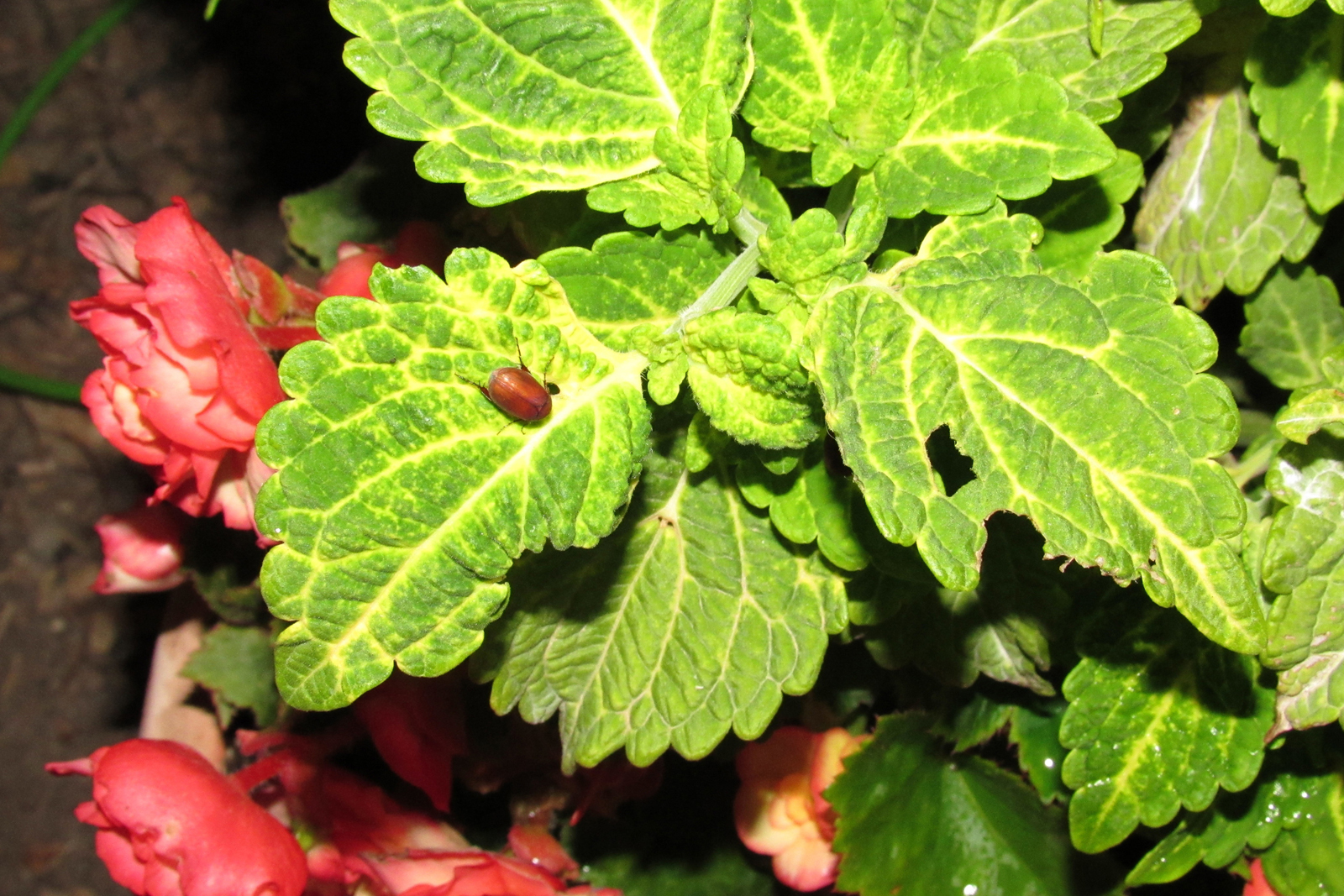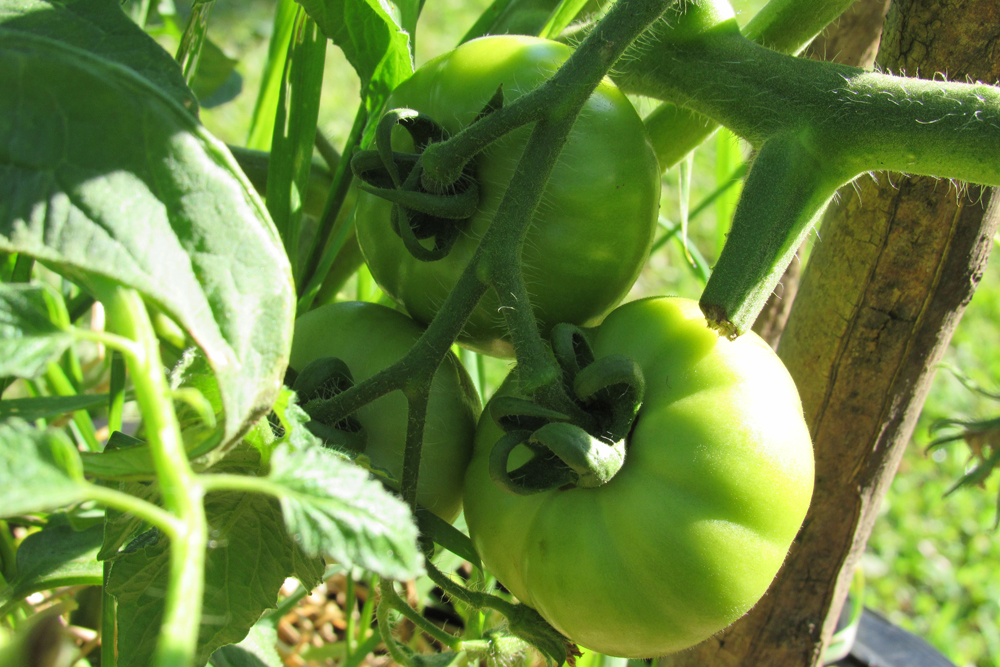Do plants have intelligence?

If you are passionate about plants, you have probably noticed how they respond to different conditions and situations. But does that mean they have intelligence?
In a recent article in the Cornell Chronicle, Andre Kessler, a chemical ecologist and professor in the Dept. of Ecology and Evolutionary Biology in the College of Agriculture and Life Sciences at Cornell University, argues that the question of plant intelligence revolves around the importance of “signaling” in the plant’s ability to process environmental cues.
Kessler believes that plants do show intelligence. He and Michael Mueller, a doctoral student in his lab, recently authored a paper in the journal, “Plant Signaling and Behavior.” Kessler and Mueller define intelligence as the ability to solve problems, based on information acquired from the environment, toward a particular goal.
Kessler says his previous research into how goldenrod responds to pests provides evidence that plants display intelligence as he defines it. Goldenrod emits a chemical when being eaten by leaf beetle larvae that informs the insect that the plant is damaged and not a good source of food. The airborne chemicals, known as volatile organic compounds (VOCs) are then picked up by neighboring goldenrod plants which then produce their own defense against the beetle larvae. The result is that the pest moves on to other plants.
In 2022, Kessler co-authored a paper in the journal “Plants” regarding experiments that showed goldenrod can perceive higher far-red light ratios reflected off leaves of neighboring plants. When goldenrods are eaten by beetles while neighbor plants are present, they respond differently than when no neighbors are present – which Kessler says fits his definition of intelligence.
When neighbor plants are present, goldenrods put energy into tolerating the pest by growing faster while also producing defensive compounds that help the plants fight off the insect. When no neighbors are present, goldenrods do not grow faster when eaten by insects and the chemical response to the leaf-eating insects is different.
The ability of neighboring goldenrods to perceive VOCs signaling a pest is near is also a sign of intelligence, according to Kessler. Neighboring goldenrods use this environmental cue to sense that a future threat is present, allowing them to act in advance.
Additionally, Kessler notes the proposal of mathematicians 100 years ago that plants function like beehives. Each cell in a plant operates as a bee and the entire plant operates as the hive. Kessler explains this means the brain in a plant is the entire plant – the plant does not need central coordination to respond to signals in the environment. Instead of electrical signaling, chemical signaling is utilized throughout the larger organism, enabling the plant to “smell out their environment very precisely,” Kessler says. He explains that plant cells all perceive the same things and trigger a collective response through chemical signals. That response may be in growth or metabolism.
Whether or not you agree these types of behaviors in plants indicate they are intelligent, it is clear that plants are really amazing, and have fascinating ways to respond to the world around them, helping them to survive and thrive.







